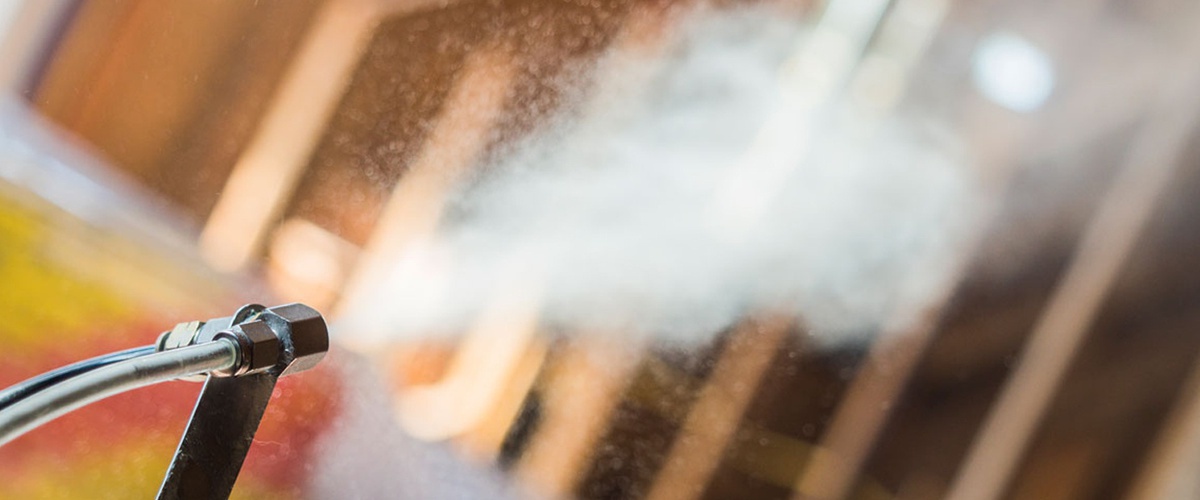Each of these cutouts is a likely air leak.
How to detect air leaks in attic.
Most people call these air leaks drafts you may feel these drafts around windows and doors and think these leaks are your major source of wasted energy.
A blower door test which depressurizes a home can reveal the location of many leaks.
Get your supplies together and have a plan.
For a thorough and accurate measurement of air leakage in your home hire a qualified technician to conduct an energy audit particularly a blower door test.
Leakage on the return side means hot air from your attic is getting sucked into your ductwork.
Most air leaks can be found around light fixtures plumbing pipes.
On a cold day with the heat on inside your home place your hand around the.
How to find and seal attic air leaks 1.
Air leaks also commonly occur at the edge of top plates which normally have a small gap of less than an inch between the plates and drywall.
Know where common attic air leaks are located.
Climb into your attic.
This would include looking to see if there are any significant holes in your insulation if you see any cracks around the framing or if there are any holes in your attic s access hatch.
Light a candle and walk around your house to places that you think may have.
Never walk on exposed ceiling or insulation as you could potentially fall.
Replace your old recessed lights with air tight insulated can models available at home centers and lighting stores.
Find smaller leaks with the candle test.
And the more air your ducts suck in from your attic the less air it needs to suck in from inside your home.
You ll have to pull back existing insulation to find them.
Over time that means your system gets unbalanced meaning it s blowing more air into your house than it s taking out.
From the attic side of your ceiling find the fixtures you noted.
Use the hand test to find air leaks.
Step only on the joists or lay plywood across the joists to allow you to move safely through your.
Here are the solutions we recommend if you have recessed can lights protruding into your attic.
Replace incandescent bulbs with cooler operating compact fluorescent bulbs.
In most homes however the most significant air leaks are hidden in the attic and basement.
Also if you have a chimney look to see if it or the flues have any cracks.
Turn on your heat or air conditioning system so it s constantly blowing.
These are the leaks that significantly raise your energy bill and make your house uncomfortable.
Electrical connections for fixtures fans and outlets require a hole cutout in your ceiling drywall.
A complete energy assessment will also help determine areas in your home that need more insulation.

